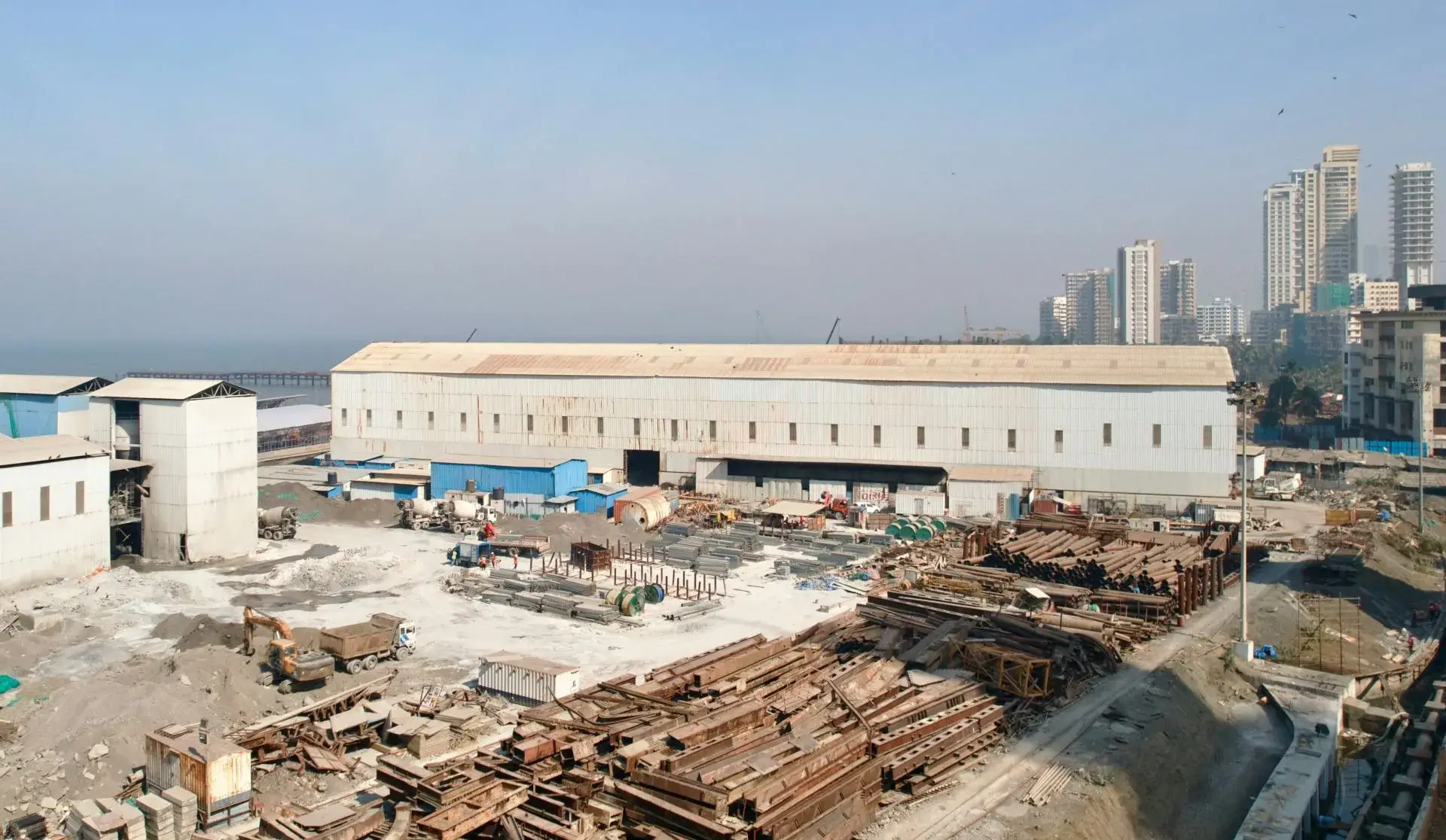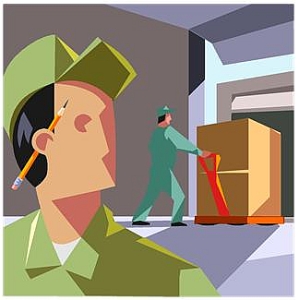CDM in a Nutshell: Safety and Compliance on Every Construction Project

If you’ve ever been involved in construction project management in the commercial space or even something on a relatively small scale, you may have heard of the term CDM. It is often mentioned in planning meetings or included in official paperwork, but what does it mean, and why does it matter?
In short, CDM stands for Construction (Design and Management) regulations. If your project involves any kind of building work, then you may find that using services to help ensure compliance with these regulations is an important part of running the project.
CDM Defined
The Construction (Design and Management) Regulations 2015, commonly referred to as CDM 2015, are a set of rules that primarily aim to make construction projects safer. They apply to almost every type of build: office fit-outs, warehouse moves, factory upgrades, and even relatively short maintenance projects.
At the heart of CDM is the idea of planning things ahead. That means spotting risks before anyone sets foot on site, assigning clear responsibilities, and making sure every stage of the project is managed with health and safety in mind.
Doing this internally can be enough, but with larger projects in particular, it can be far more effective to use an external service provider. Often referred to as CDM services, utilizing these providers can significantly simplify compliance with CDM regulations while enhancing the overall safety of your project.
The core duties and deliverables under the CDM regulations 2015, HSE
| Regulation Aspect | What It Means | Typical Deliverable | Who’s Responsible |
|---|---|---|---|
| Pre-construction planning | Spot hazards, plan logistics and safe work sequences | Pre-Construction Information (PCI) | Client & Principal Designer |
| Role appointments | Appoint Principal Designer and Principal Contractor | Role-allocation notices | Client |
| Designer coordination | Ensure designs eliminate or control risks | Designer risk reviews | Principal Designer |
| Site management | Manage on-site risks throughout the build phase | Site-specific Risk Assessments (RAMS) | Principal Contractor |
| H&S documentation | Compile final Health & Safety File for hand-over | Health & Safety File | Principal Designer |
CDM Services and Project Manager’s Benefits
CDM services from UK providers like AIS Vanguard help you stay compliant with the regulations, but they also tend to make life easier for a range of different parties involved (one more idea). Depending on the project, the service might end up:
- Acting as Principal Designer – coordinating safety in the design phase
- Supporting the Principal Contractor – managing risk on-site and throughout the project
- Producing the Pre-Construction Information (PCI) – outlining known hazards, logistics, and requirements
- Creating and maintaining the Health and Safety File – a legal document handed over at project completion
- Carrying out risk reviews and site audits – practical checks to keep everyone safe and accountable
Below is a snapshot of the most common CDM compliance gaps and how specialist services plug them, along with the direct benefits you’ll see as a project manager:
CDM Service Solutions & Project-Manager Benefits
| Compliance Gap | Potential Consequence | CDM Service Solution | PM Benefit |
|---|---|---|---|
| Unclear role allocations | Confusion over responsibilities | Formal appointment and hand-over of duties | Faster decisions, fewer scope disputes |
| Incomplete Pre-Construction Info | Hidden hazards, late design changes | Specialist-led PCI drafting and updates | Proactive risk control, fewer redesigns |
| Sporadic site inspections | Undetected safety issues | Scheduled audits with follow-up action plans | Reduced incidents, minimal downtime |
| Ad-hoc H&S file collation | Delayed hand-over, compliance gaps | End-to-end file compilation and indexing | Smooth close-out, audit-ready deliverable |
| Design-phase risk oversight | Costly late-stage modifications | Early design-stage risk workshops | Lower contingency spend, on-time delivery |
In other words, CDM services aren’t just about ticking boxes. They’re about protecting people, preventing delays and giving you confidence that your budget, timeline and safety targets are all under control.
Why You Can’t Overlook CDM
Here’s the thing: even if you’re not directly managing the work, you may still have legal responsibilities under CDM. Clients, designers, and contractors all have legal responsibilities. If you ignore them, the consequences can be severe, ranging from stop notices to fines, or worse, if something goes wrong on site.
But beyond legal compliance, it’s also about peace of mind. Knowing the risks are accounted for, that someone’s keeping an eye on the bigger picture and handling the paperwork properly. And in industries where margins are tight and deadlines matter, avoiding disruptions caused by poor safety planning can make a real difference.
Whether you’re planning a major site overhaul or a smaller refurbishment, CDM services offer more than just legal protection. They keep teams safe, help projects run smoother, and ensure nothing important falls through the cracks. It’s about building with confidence, from day one.
Quick-Start CDM Checklist
Kick off your next build with these six-step checklist to ensure CDM 2015 compliance and safety into every phase:
- Appoint duty-holders in writing. By law, your client must formally nominate a Principal Designer and a Principal Contractor before any design or pre-engineering work begins. Record their names, roles, and contact details in your project file to prove duties are agreed and allocated.
- Compile a pre-construction information pack. Pull together all known site data (like ground conditions, services maps, noise or access constraints, existing risk records, etc.) into one clear document. Distribute it to designers, contractors, and sub-contractors so everyone starts on the same page.
- Run an early risk workshop. Gather architects, engineers, and CDM specialists for a structured session to flag potential clashes, unsafe sequences, oversight gaps, more. Capturing these insights upfront avoids last-minute redesigns and costly work-arounds.
- Develop and maintain RAMS. For each high-risk activity (like working at height, excavation, live electrical work), draft a detailed RAMS package. Update and reissue these whenever the design or site conditions change, ensuring crews always follow the latest safe methods.
- Schedule and document regular site audits. Set a recurring inspection calendar (minimum monthly or more often on complex sites). After each walk-round, log findings, assign corrective actions, and verify closure. A documented audit trail keeps you audit-ready and quickly highlights emerging hazards.
- Clarify roles with a RACI matrix (more ideas). Produce a simple chart mapping every CDM deliverable (PCI, RAMS, H&S File) and mark who’s Responsible, Accountable, Consulted, or Informed. Share this matrix with the entire team to eliminate confusion about who is responsible for what and when.














